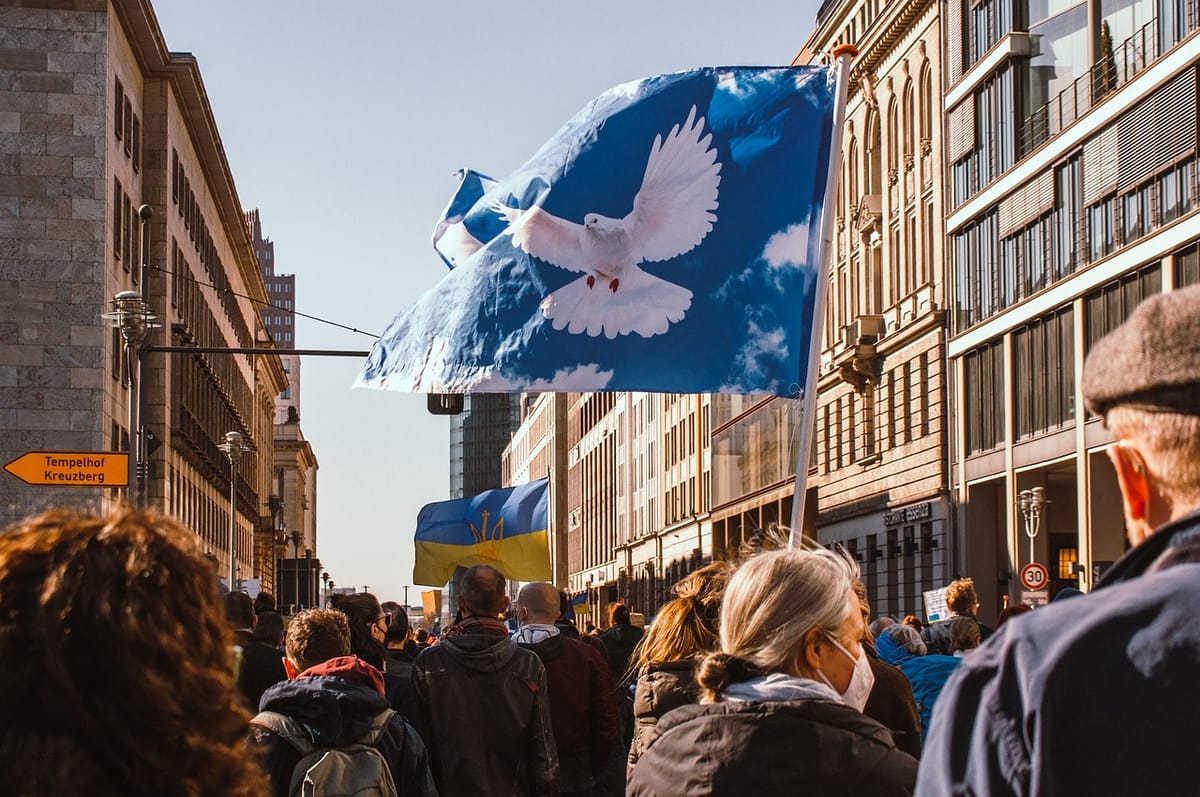U.S. Rolls Back Nuclear Moratorium, Initiates New Peace Plan with Ukraine

TL;DR
- CISA expands election security guidance amid workforce cuts and budget reductions.
- U.S. announces renewed nuclear testing after 25-year moratorium, citing deterrence.
- US and Ukraine negotiate new peace plan with U.S.-draft provisions, including troop limits and amnesty.
U.S. Nuclear Testing Resumption: A Dangerous Reset of Deterrence
Historical Context
- 1945 – Trinity establishes the U.S. data foundation for nuclear weapons.
- 1945‑1963 – Over 1,000 detonations create the world’s largest empirical dataset.
- 1963 – Partial Test Ban Treaty curtails atmospheric testing.
- 1996 – CTBT enters force (U.S. not ratified) and a de‑facto moratorium begins.
- 2025 – First full‑scale test since 1992, ending a 25‑year pause.
Decision Drivers
- Deterrence credibility: Subcritical experiments are deemed insufficient for low‑yield warhead reliability; full‑scale tests are presented as the only way to certify “unacceptable‑cost” deterrence.
- Geopolitical signaling: Russian and Chinese arsenal expansions are cited as justification, with the expectation that regional actors such as India, Pakistan and North Korea will view the move as a cue for their own testing cycles.
- Technical gaps: Emerging “lower‑yield, faster‑timeline” concepts allegedly exceed current simulation capability, prompting a demand for empirical calibration.
Global Reactions
- U.S. administration – frames the CTBT regime as “atrophied” and argues that physical testing restores credible deterrence.
- Allied nations (U.K., France, EU) – condemn the breach, warning of destabilization within NATO‑Russia strategic balance.
- Adversaries (Russia, China, India, Pakistan) – issue ambiguous statements, hinting at “appropriate responses” while avoiding overt escalation.
- Non‑aligned states (Saudi Arabia, Marshall Islands) – express concern over nuclear hedging and renewed health risks, recalling historic fallout‑related cancers.
Quantitative Stakes
- Historical test volume exceeds 1,000 detonations, an unmatched dataset that now resurfaces.
- Cancer rates in the Marshall Islands have risen proportionally to historic fallout exposure; remediation costs remain unquantified for future generations.
- International Monitoring System funding has slipped 12 % over five years, weakening detection of illicit tests.
Emerging Risks
- Erosion of verification: Declining IMS resources and the U.S. decision undermine CTBT credibility.
- Proliferation incentive spiral: Official acknowledgment of “low‑yield, fast‑timeline” weapons may spur regional actors to develop comparable capabilities.
- Hybrid reliance on computation: The Stockpile Stewardship Programme’s push for exascale modeling still depends on physical tests for calibration, creating a feedback loop that normalizes testing.
Looking Ahead
- 0‑12 months – Expect at least two underground detonations (≤10 kt) followed by NATO‑wide stockpile confidence drills.
- 1‑3 years – Anticipate reciprocal statements from Russia and China, likely pausing any CTBT ratification momentum.
- 3‑5 years – Project low‑yield testing by India and Pakistan, raising the specter of a South Asian arms race and prompting diplomatic pushes to revive CTBT funding.
Policy Options
- Restore IMS funding to $150 M annually to safeguard detection capability.
- Launch a bilateral test‑transparency protocol with Russia and China to share underground yield data and reduce miscalculation risk.
- Create a health assistance fund for Marshall Islands residents linked to the testing schedule.
- Accelerate next‑generation physics models to replace physical tests as the primary confidence mechanism.
Why the U.S. Peace Plan Risks Stalling Ukraine’s Future
Troop‑cap tug‑of‑war
- The original draft caps Ukrainian forces at 600,000— a 31 % reduction from the current 880,000.
- EU diplomats repeatedly propose an 800,000 limit, shrinking the cut to a more realistic 9 %.
- Ukrainian officials view any cap as a threat to defensive capability, while the U.S. argues a smaller standing force is essential for long‑term stability.
Blanket amnesty under fire
- The plan grants “full amnesty” to all combatants, a provision that conflicts with UN General Assembly resolution ES‑11/5 and the Geneva Conventions.
- No EU counter‑proposal alters this clause, leaving a legal flashpoint that could undermine post‑war justice.
Territorial concessions: a non‑starter
- U.S. negotiators demand cession of Donetsk, Luhansk and Crimea— roughly 20 % of Ukraine’s internationally recognized territory.
- All EU participants reject any territorial loss, insisting Ukraine retain sovereignty over all occupied regions.
NATO guarantees versus permanent presence
- The draft offers an Article 5‑style security guarantee but bars permanent NATO troop deployment.
- EU leaders press for full NATO membership and the right to station forces, citing long‑term deterrence.
- U.S. policymakers frame limited guarantees as a middle ground, yet domestic Senate opposition questions the credibility of any such assurance.
Frozen Russian assets as bargaining chips
- Approximately $100 billion in frozen Russian reserves are earmarked for reconstruction, conditional on plan acceptance.
- The sum provides a tangible incentive but does not address the core political disagreements surrounding amnesty and territory.
Stakeholder matrix and outlook
U.S. officials drive the agenda, favoring a reduced force, blanket amnesty, and territorial concessions. Kyiv and the EU converge on higher troop numbers, limited or no amnesty, and full NATO integration. Domestic U.S. opposition—especially from Senate veterans— threatens funding and political will. Russia, while cautious, appears willing to accept a reduced Ukrainian threat if the plan limits NATO expansion.
Within the next month, the most probable outcome is a revised draft featuring an 800,000 troop cap, retained amnesty, and a conditional NATO guarantee that excludes permanent forces. Acceptance will hinge on a joint U.S.–EU statement before the November 27 deadline; lacking such coordination, the plan will likely be rejected, extending negotiations into 2026 and leaving Ukraine’s security architecture in limbo.



Comments ()